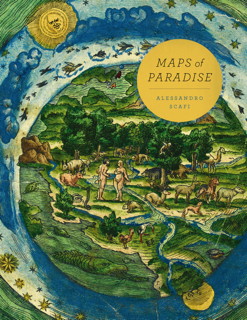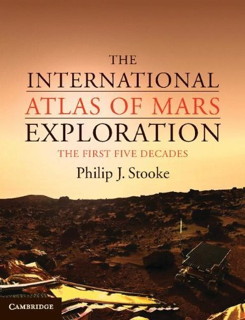Kenneth Field’s map of Mars (note updated link) now includes an option to add oceans, with checkboxes to fill the landscape to various elevations.
You can irrigate the planet below the areoid on this map using the water layers. You’ll notice the water layers aren’t blue. On Earth, water appears blue due to red, orange, yellow and green wavelengths of light being absorbed more strongly than blue and also the reflectence of the blue sky. Since Mars has relatively little atmosphere and it’s farther from the sun it’s likely water will appear differently. We’re imagining wavelengths will be absorbed differently, perhaps returning an alien green?
[Maps Mania] A print version is also available: it’s a one-gigabyte PDF that measures 38″×72″ [Kenneth Field].
Previously: Kenneth Field’s Map of Mars.













